Fitting a new boiler can be a stressful experience, but it’s something that many homeowners have to do at some point. If you need to get your boiler replaced, it’s important to understand how much time the installation will take and find the best way to reduce this time.
In this article, we’ll look at everything from why it takes so long for some boilers to install (and how you can avoid this), what affects the length of time needed, and if it makes sense to fit a smart thermostat instead of just replacing your old one.
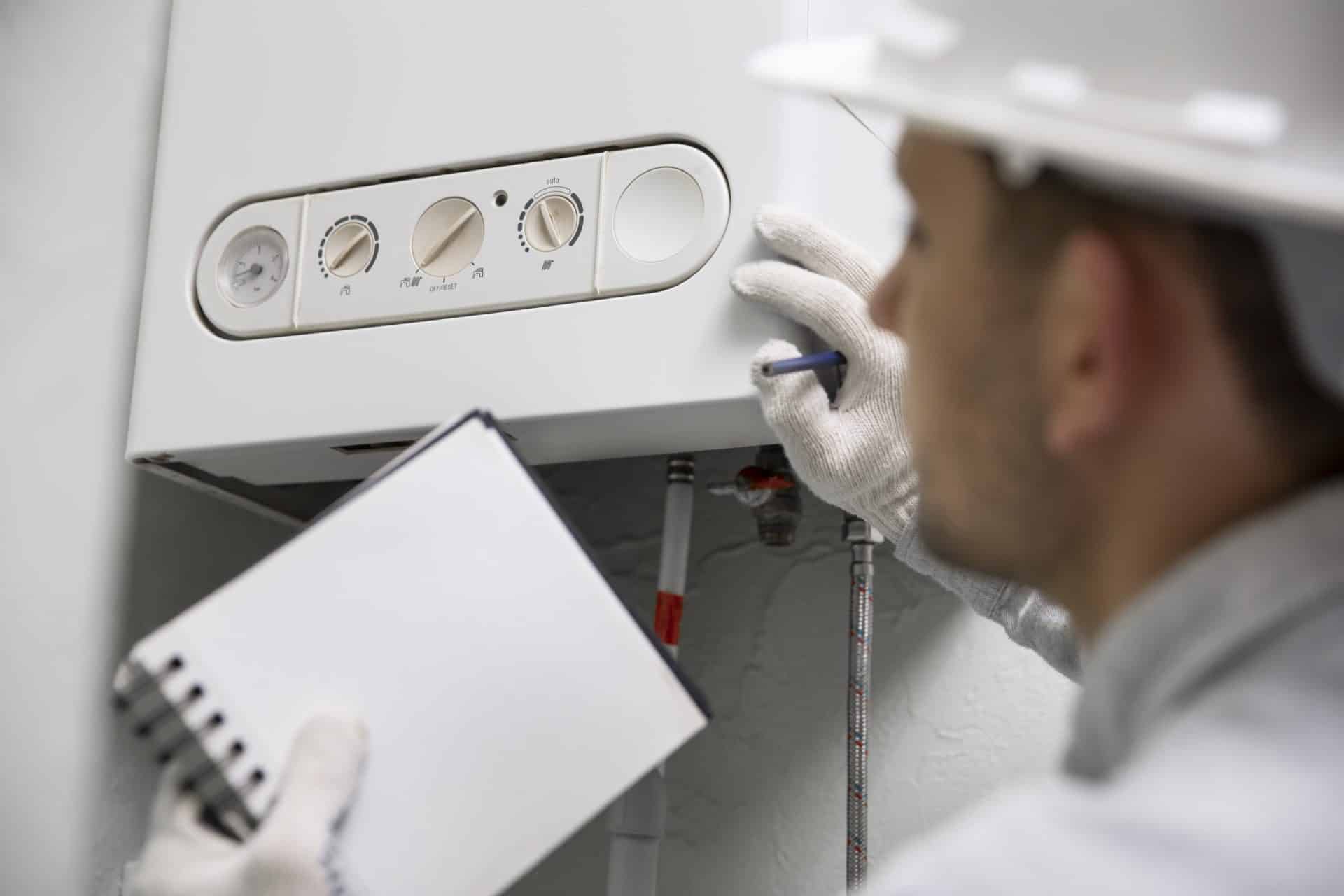
The time it takes to install a new boiler can vary depending on several factors. The main factor is your boiler type, as some are more complex than others.
For example, an off-the-shelf gas condensing boiler will take much longer to fit than a combi or back-to-back system.
We'd recommend getting in touch with an engineer who can advise you on how long it will take for them to fit your specific model - but generally speaking, we've seen boilers fitted anywhere from a few hours up to three days!
The two biggest reasons we find that projects run over budget are ordering the wrong parts or problems with the gas connection (this happens when local authority planning permission has not yet been granted).
If you're replacing an old system with one that's similar in size and type, then these issues shouldn't arise at all - but if there are any differences between old and new systems, then it could cause extra delay in getting started.
If you’re considering replacing your boiler, it’s important to know what causes a boiler to fail.
You can upgrade your boiler by installing an air-source heat pump or solar heating system.
A boiler upgrade is the replacement of your current heating system, which will be replaced by a more efficient one. For example, if you currently have an oil-fired hot water storage tank and want to replace it with a more modern (and more efficient) electric immersion heater, this would be considered a boiler upgrade.
What are the benefits of upgrading?
The main benefit is that you will save money on your energy bills as well as reduce CO2 emissions through reduced fuel consumption - there are also additional benefits such as lower maintenance costs over time and improved occupant comfort levels due to increased control systems functionality. There's no doubt that upgrading your old, outdated boiler can make quite an impact on your home's running costs!
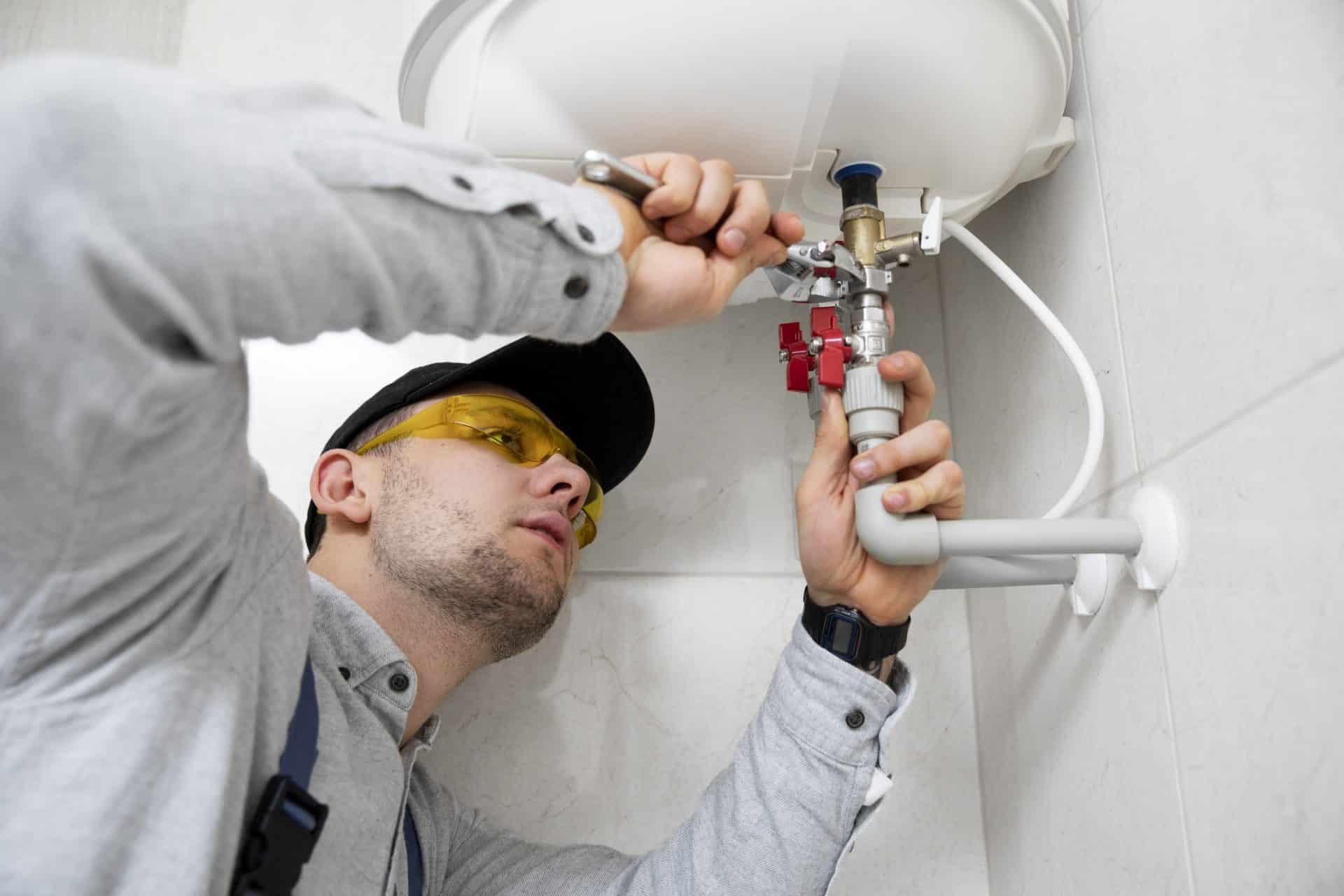
There are a few reasons why it can take so long to fit a boiler. The first is that the work needs to be done by a specialist. Boilers are complex machines and require special tools, knowledge, and expertise to install properly. This means that there's more time spent on planning and preparation than on other household appliances like ovens or washing machines.
Boilers also tend to be installed in multiple stages: for example, you might need one boiler fitted for your central heating system, then later add another one for space heating (as part of an underfloor heating system).
This means that installing just one type of boiler may take several days over several weeks because you'll have to wait between stages as each component is installed separately.
How long does it take to fit a boiler?
The answer to this question depends on the type of boiler fuel you want your technician to change. It will take around one day if you want them to change from oil to gas. If they are changing from gas to oil, then expect it to take two days.
This is because when a technician changes your fuel type from gas to oil or vice versa, they have to disconnect certain parts of the system and reconnect other parts so that everything works properly again. They do this by using special tools that aren't usually found in homes.
If you are thinking of relocating your boiler, there are a few things to consider. Firstly, where can the new boiler be positioned? The most convenient place for a new boiler is usually next to an existing radiator. This will make it easier for heat to be distributed around an entire floor or room.
Secondly, you need to consider how much space you have available and whether or not it is possible for an engineer to work around any other equipment that might already be in place. It's also important that any pipework doesn't restrict access too much when they're switching on the water supply and testing functionality before installation is complete.
Finally, it's essential when fitting boilers that electrics are installed correctly by a qualified electrician so they meet all current regulations and codes of practice.
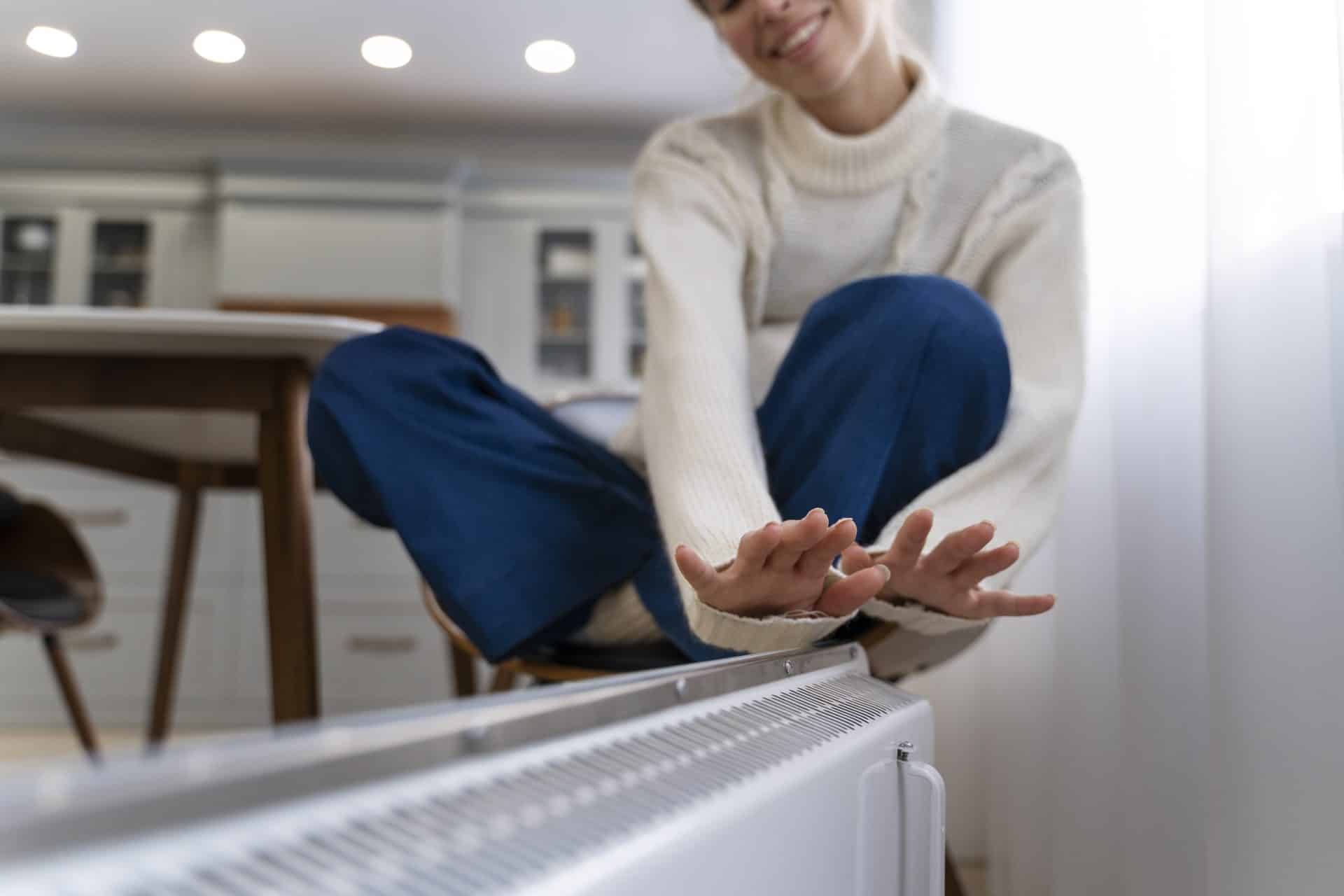
Combination boilers are the most popular type of boiler, and they tend to be the fastest install. They're more energy efficient than other types of boilers, and they are also more compact. Of course, this can make them a bit harder to fit in your home's existing space. But with a little care and attention on behalf of both you and your installer, you should have no trouble getting your new combination boiler set up and running.
A combi boiler is a great option if you want to install a new central heating system. Combi boilers are more energy efficient, reliable, and easier to maintain than other types of boilers. They’re also environmentally friendly and cheaper to run than oil or electric heaters because they only use the heat from water when you need it so it is a great possibility to reduce your energy costs.
If you’re thinking about changing your old boiler with a new one, here are some things for you to consider:
You can fit a new boiler yourself, but this is not something that we would recommend. The installation of a new boiler is highly technical and should be left to a professional.
In some instances, you may be able to do some of the work yourself if you have experience in DIY projects. However, if you're not confident in your abilities, it's best to leave it up to our team of professionals at UK-Plumbing.
You can reduce installation times by:
It’s important to think about any other aspects that might influence your decision. This includes:
Power flushing is a process in which the boiler is filled with a mixture of water and detergent, then drained. The procedure removes limescale build-up from the system, which can prevent it from operating efficiently. Power flushing should be carried out every year or two to keep your boiler running at its best.
How long does it take?
Power flushing usually takes between three and four hours, depending on the size of your heating system. This time will vary depending on whether or not you need to remove any parts before cleaning them properly - if this is necessary, then extra time may be needed for disassembly and reassembly as well as preparation work such as removing limescale deposits from pipes before they can be cleaned effectively by chemicals.
Can I do it myself?
If you want to save money by doing it yourself rather than hiring someone else (which isn't always possible), then yes! It's quite straightforward but make sure that whatever chemicals you're using is suitable for use inside domestic properties first - otherwise, things could go wrong very quickly!
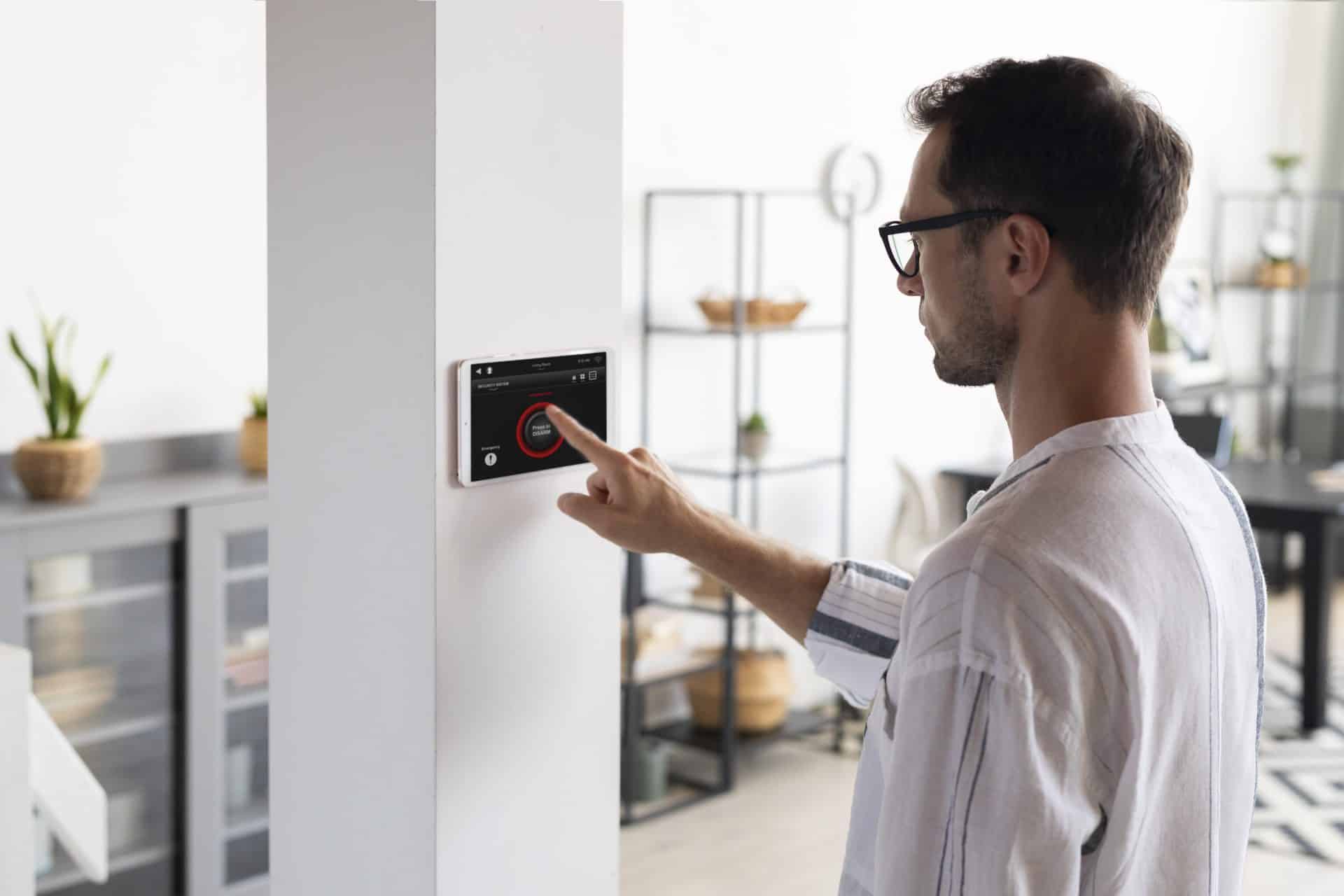
If you're not sure about smart thermostats or don't know how to use them, here's a quick guide:
If you’re planning on fitting a new boiler, it’s important to know what you’re getting into. The more information you have about the process, the better. If you think that fitting a new boiler might be something for your home, then why not get in touch? We would love to talk through your options with you and help you find the right solution.
When it comes to heating your home, there are plenty of options. But one that's becoming increasingly popular is underfloor heating. It's a great way to heat your home, the installation is straightforward, and it can work with almost any type of flooring you want (though some work better than others).

In simple terms, underfloor heating is a way to heat a room by circulating heated water through pipes under the floor. It’s usually installed in new builds, but can also be installed in existing homes as an upgrade.
Underfloor heating is more efficient than radiators because it uses less energy and doesn’t create any noise or dust—and it can provide radiant heat throughout your home.
It's important to note that this type of system will only work for some homes. If you live in an old house with no insulation, for example, installing underfloor heating may not be feasible because there would be too much cold air coming up from the ground below your floors or you will need to prepare a renovation project.
Underfloor heating systems are also generally more expensive than other types of centralized systems, such as boilers and radiators; however, they are becoming more popular due to their lower running costs over time (as well as their ability to provide heat where needed most), they are energy efficient and perfect for those who struggle to pay bills, especially after the energy price hikes in October 2022.
Underfloor heating works by running electric cables through the floorboards. The cables are connected to a thermostat, which controls the temperature. The cables can be laid on top of or underneath your existing floorboards depending on your home layout and whether you wish to retain the aesthetic look of your flooring.
Once installed, underfloor heating systems are relatively maintenance-free and do not require anything more than an annual checkup.
Underfloor heating is most suitable for rooms where you spend a lot of time, like your kitchen, bathroom, and bedroom.
It can also be good for utility rooms where you want to keep things warm, like the garage or basement.
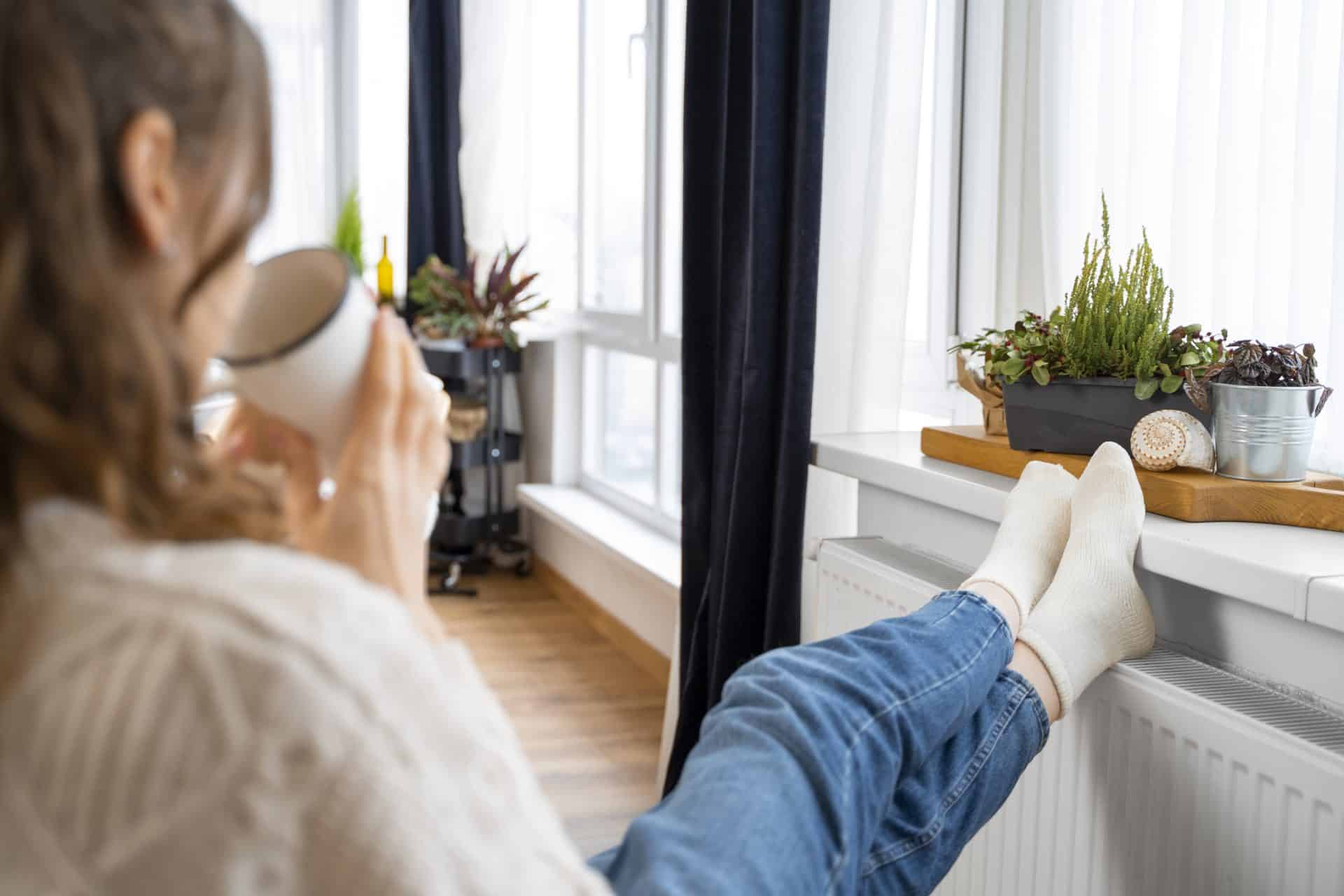
There are several different types of underfloor heating:

The first thing to consider when looking at your energy bills is the cost of electricity and the cost of gas in your area. Electricity costs vary widely across the country, and some areas have extremely high rates. If you live in an area with a high rate of electricity usage, running underfloor heating may cost more than it would in a lower-cost area.
The cost also is dependent upon if the house has a heat pump.
Homes with many large windows will require more energy during winter months because there is less insulation between outside temperatures and indoor ones; this means that more heat needs to be pumped into the house through radiators or central heating systems like those found within underfloor heating systems like electric radiant flooring systems for maximum comfort year-round without breaking the bank on expensive bills every month during colder months only!
It's important to note that underfloor heating is only suitable for some homes. If you have a new build home or are planning on refurbishing your existing house and installing underfloor heating, then it might be worth considering this option.
Underfloor heating is best suited to houses with high ceilings and plenty of insulation. It's also worth noting that underfloor heating won't be suitable if there are young children living in your home as the pipes could cause burns if they're touched by accident.
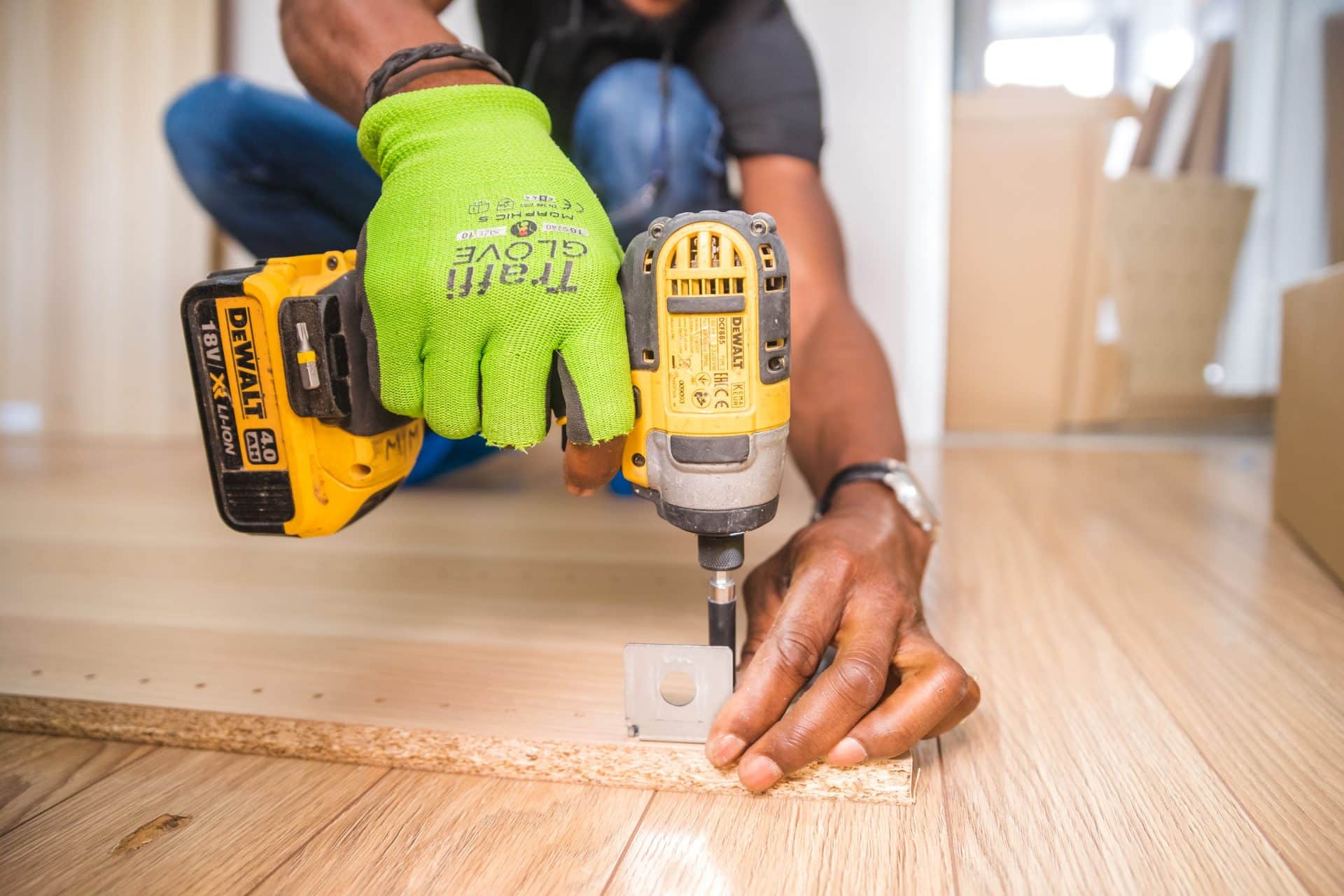
While underfloor heating is a great choice for most homes, there are some considerations to keep in mind. First and foremost: what type of flooring works best with underfloor heating? The answer depends on your personal style and needs.
For example, if you’re looking for a newly carpeted room or want to turn an old garage into a playroom for your kids, it might be worth considering ceramic tiles—they look great and are easy to install. If you have pets or children who track mud into the house after playing outside in winter weather, hardwood floors may be better suited to your family’s lifestyle.
There are many different types of hardwood flooring available today; this guide will help explain how each one works so that homeowners can make informed decisions about which ones would work best on their property!
To get a free quote, you can contact our team. We will ask you some questions about your requirements and give you an estimate for the project. You can also browse through our website to learn more about underfloor heating systems.

If you're looking for a new way to heat your home, underfloor heating is a great option. It's easy to install and can be done in just a few days. The best part about this type of heating is that it'll keep your floors warm all winter long while saving money on heating bills!
The standards and requirements set in place by Boiler Plus aim to regulate and improve the way homes use energy by increasing the efficiency of their heating systems.
The legislation forms part of the Government’s ‘Heat in Buildings’ programme designed to maximise energy efficiency. The introduction of Boiler Plus is the first major piece of legislation introduced since the UK went “all-condensing” in 2005 - becoming the first country to do so in the process.
From April 2018, all boilers are required to have a minimum ErP (energy-related products) efficiency of 92% and all installations must have time and temperature controls fitted if they aren't already present and working correctly.
In addition, combi boilers, which make up a significant proportion of the market will require one of four additional requirements to be fitted. Each will need to be discussed with the homeowner and suited to each individual homeowners' circumstances. It will mean each installation will include a consultancy aspect needed for each boiler swap.
The measures available are:
All households are subject to the government-led rules set out, meaning that any new boiler installations after April 2018 must comply with the standards. Any boilers already installed in a home will not be subject to the regulations.
Information provided by our partners at Vaillant.
From the 1st January, 2022 production of current circulator pumps will stop in favour of high energy performance models.
Why?
European thermal regulations were launched in 1974 to pursue the implementation of new standards and regulations regarding energy savings. This is the next step in the application of the requirements defined for the energy efficiency index, in connection with Lot 11.
What is Lot 11?
This lot comprises:
What is ErP?
ErP stands for Energy-related Products. This designation compiles all products consuming energy or products that have an impact on energy consumption.
The Objectives of ErP products is to generate energy savings by:
What does this mean for our customers?
Once our manufacturers' supply of the current range of circulator pumps has gone, we will only be supplying the new range of ERP Circulator pumps.
We will sell through our current range, whilst stocks last.
Going forward
When purchasing new high-efficiency pumps it will be necessary to buy the new ErP pump with the corresponding wiring harness. To assist you in matching the correct Wiring Harness to the pump, please speak to a member of the team.
Heat pumps extract warmth from the air, the ground, or water - a bit like a fridge operating in reverse. They are powered by electricity, so if you have a low-carbon source of electricity they provide greener heating.
Gas-powered heating produces carbon dioxide emissions, which cause climate change. Heating buildings accounts for 21% of the UK's carbon emissions. And right now, thanks to soaring energy prices, your gas boiler may be costing you more than you expected.
The government hopes that if your boiler is nearing the end of its life, you may want to replace it with a more environmentally friendly alternative.
Experts think most homes will eventually have heat pumps.
They are costly - between £6,000 and £18,000, depending on the sort you install and the size of your home.
From next April, homeowners in England and Wales will be offered subsidies of £5,000 to help pay for them, the government has announced. It also said no new gas boilers will be sold after 2035. It's not clear whether heat pumps could be cheaper to run than gas boilers. But the government also said it would consult on a plan to shift levies - charges to help pay for green measures - away from electricity bills over the next decade. It said this would ensure heat pumps are no more expensive to run than a gas boiler.
It's easiest to put them in new builds, but older homes can also be fitted with heat pumps. Most domestic heat pumps will extract heat from the air.
These require good insulation - around walls, roofs and windows. This is because air pumps operate with water at a lower temperature than gas boilers, so it's important not to have heat escaping.
You also need space inside for a heat pump unit and hot water cylinder. The unit will be about the size of a gas boiler - while the cylinder depends on the size of the home. A box of about one metre by one metre needs to be outside (preferably attached to the house) to draw in air. It should be at least one metre from your neighbour's property so they will not be able to hear it, although it shouldn't be much louder than your fridge.
A ground source heat pump needs much more space outside: either a borehole as much as 100m deep; or a horizontal system dug into the ground over a large area.
Information sourced from BBC.
Homeowners in England and Wales will be offered subsidies of £5,000 from next April to help them to replace old gas boilers with low-carbon heat pumps.
The grants are part of the government's £3.9bn plan to reduce carbon emissions from heating homes and other buildings.
It is hoped no new gas boilers will be sold after 2035. The funding also aims to make social housing and public buildings more energy-efficient. But experts say the budget is too low and the strategy is not ambitious enough.
Mike Childs, head of science at Friends of the Earth, said the number of heat pumps that the grants would cover "just isn't very much" and meant the UK would not meet its aim of installing 600,000 heat pumps a year by 2028.
Heat pumps extract warmth from the air, the ground or water - a bit like a fridge operating in reverse. They are powered by electricity, so if you have a low-carbon source of electricity, they provide greener heating.
The UK has committed to reducing its greenhouse gas emissions to net-zero by 2050. Heating buildings accounts for more than a fifth of the UK's overall greenhouse gas emissions, so there is pressure on the government's Heat and Buildings Strategy to deliver effective reductions.
Business and Energy Secretary Kwasi Kwarteng said the grants to support the adoption of heat pumps, available from next April, would help to bring down the cost of the relatively new technology by 2030.
An air-source heat pump costs between £6,000 and £18,000, depending on the type installed and the size of a property.
While homeowners will be encouraged to switch to a heat pump or other low-carbon technology when their current boiler needs replacing, there is no requirement to remove boilers that are still working, the government emphasised.
One energy firm, Octopus Energy, said it expected homeowners to pay about £2,500 to the cost of installing a heat pump, roughly equivalent to the cost of a new gas boiler. The government subsidy would cover the rest.
But many houses will require an upgrade to their energy efficiency, including insulation, before installing one.
Information sourced from BBC.
